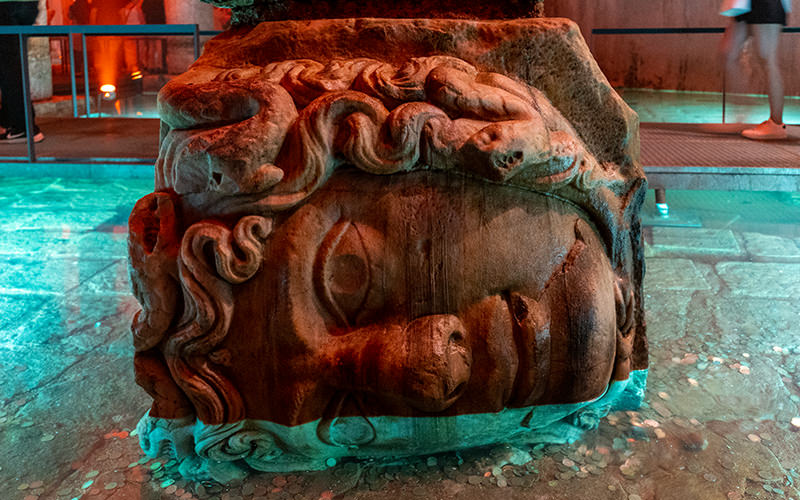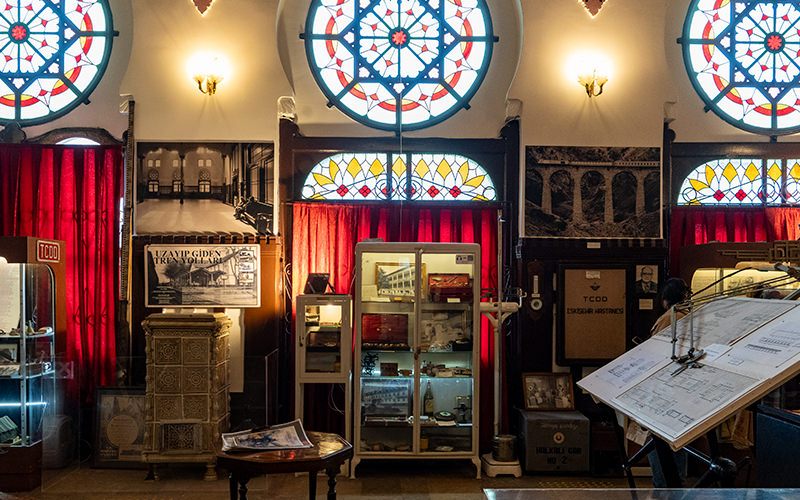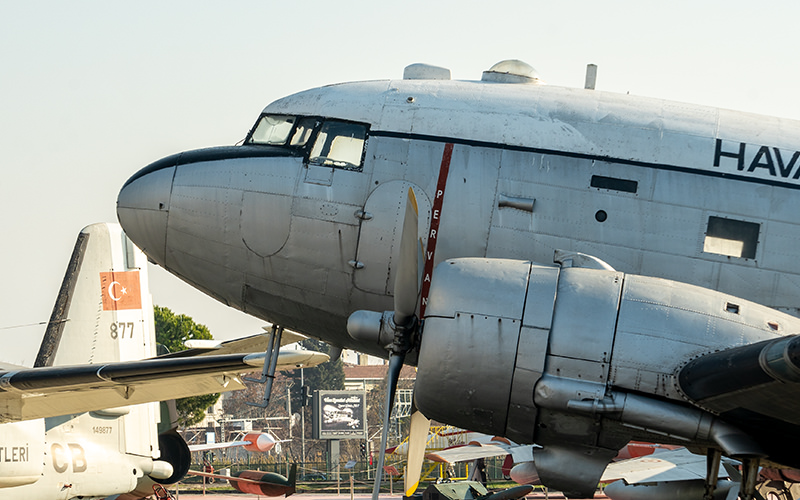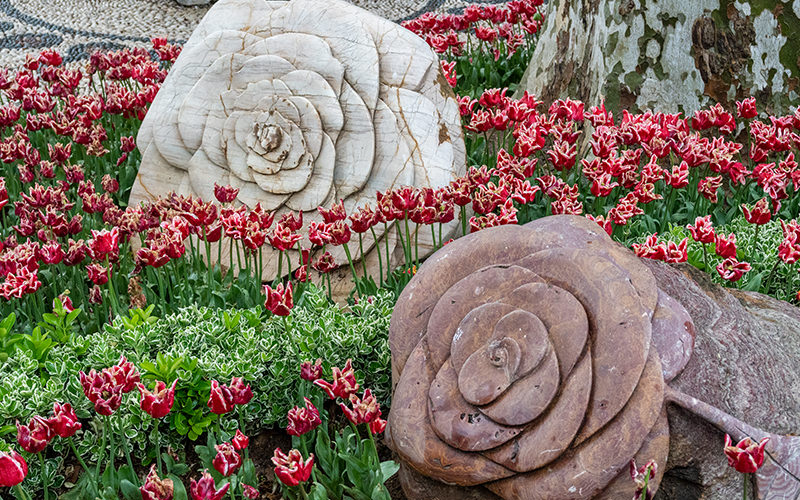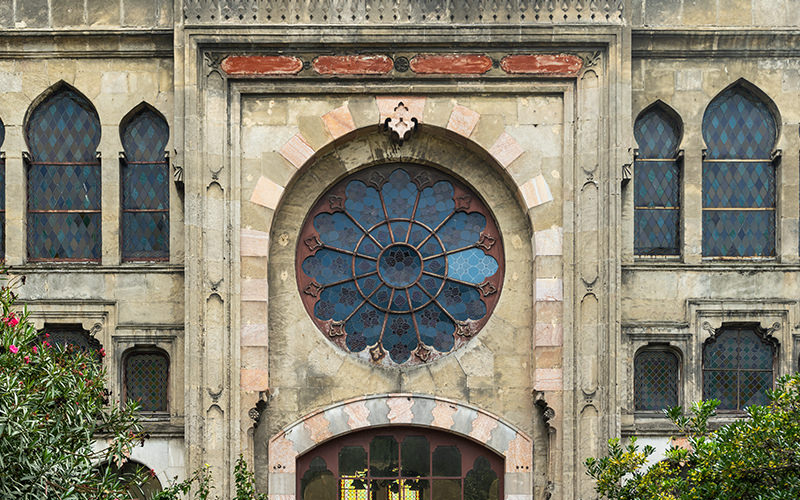Although the Museum of the History of Islamic Science and Technology is located in Istanbul’s tourist center, it’s not considered a particularly popular attraction among visitors to the city. Reviews about the museum vary: some say the collection is rather repetitive, while others consider it a must-see. Today, I’ll show you what this exhibition space looks like.
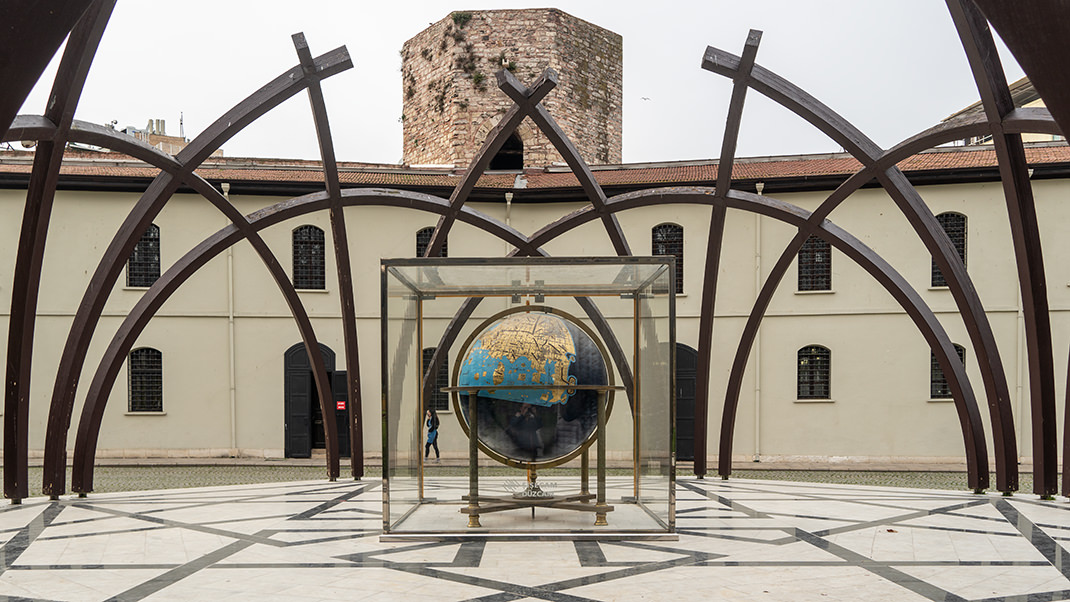
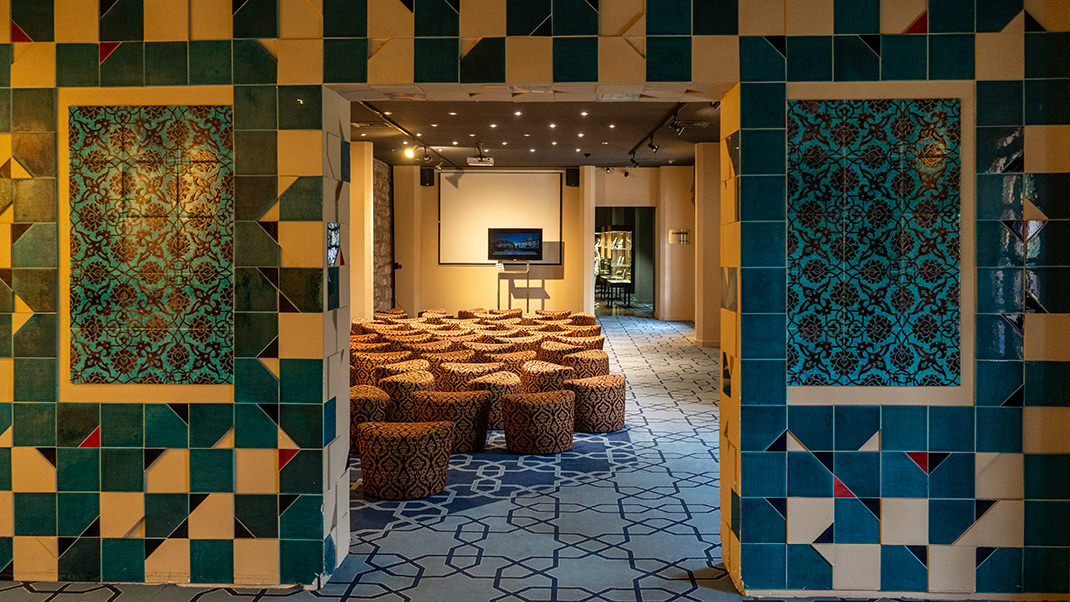
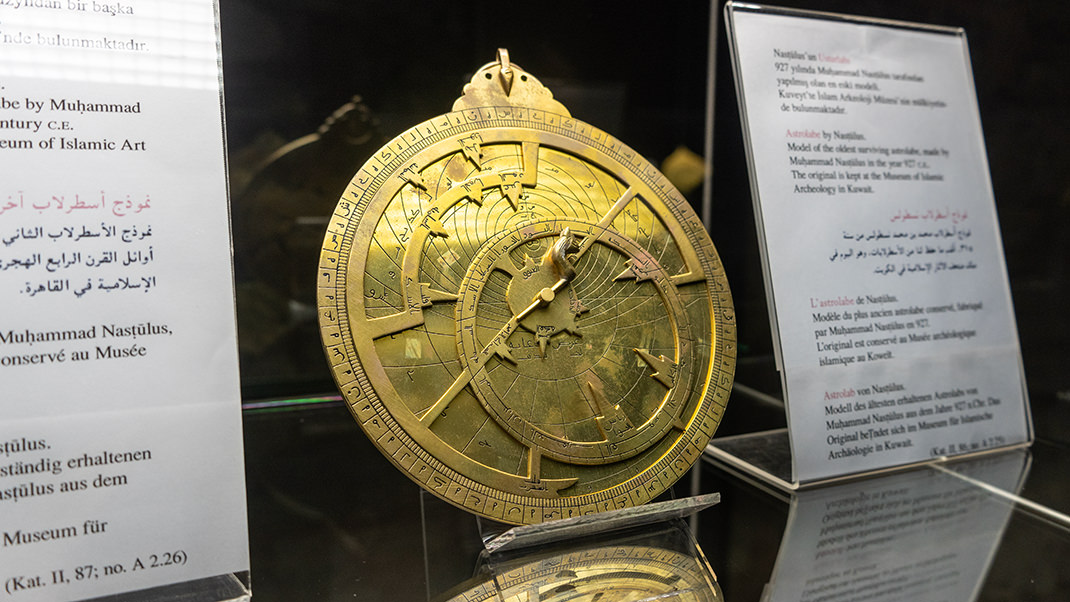
Museum History
The Museum of the History of Islamic Science and Technology is housed in a historic building in the Fatih district. These premises once served as stables. The museum’s exit faces Gülhane Park, a great public space with free entry. If you visit Istanbul in the spring, you might catch the vibrant tulip festival held there.
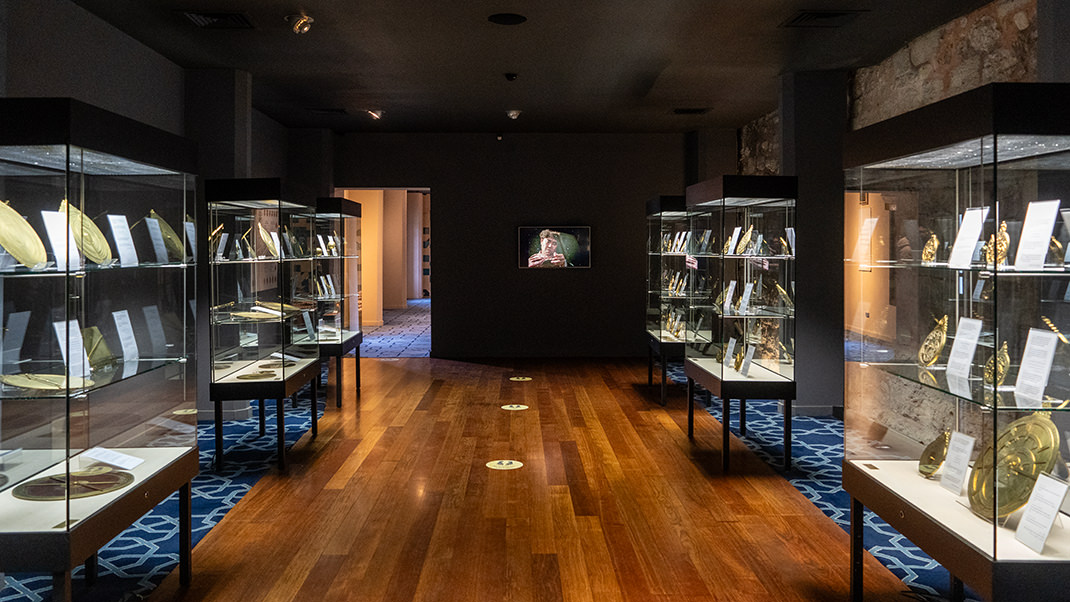
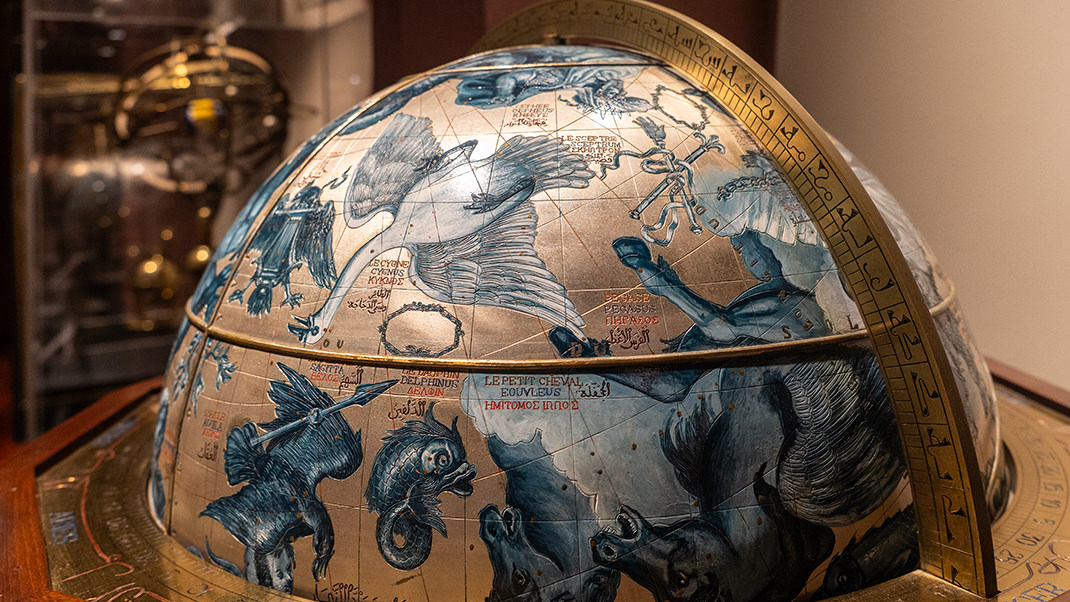
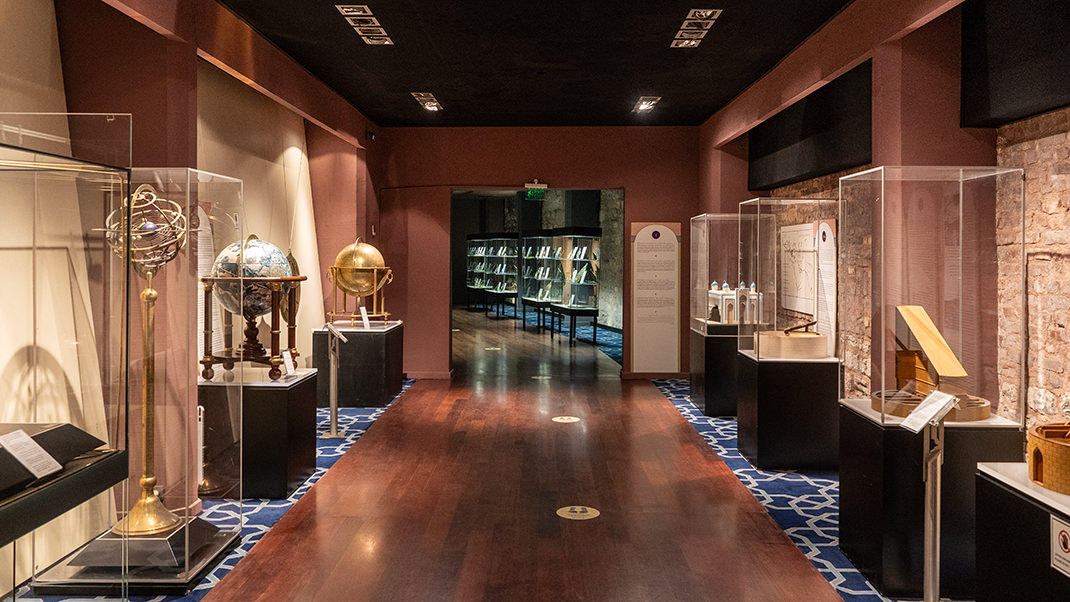
The museum opened in 2008. The exhibition was curated by Professor Fuat Sezgin, a historian of Islamic science. The collection includes items from the 9th to the 16th centuries.
The exhibits are spread across two floors and divided into 11 thematic sections. The topics include astronomy, timekeeping, maritime navigation, military technology, medicine, mining, physics, mathematics and geometry, architecture and urban planning, chemistry and optics, and geography. There’s also a small cinema hall on the first floor.
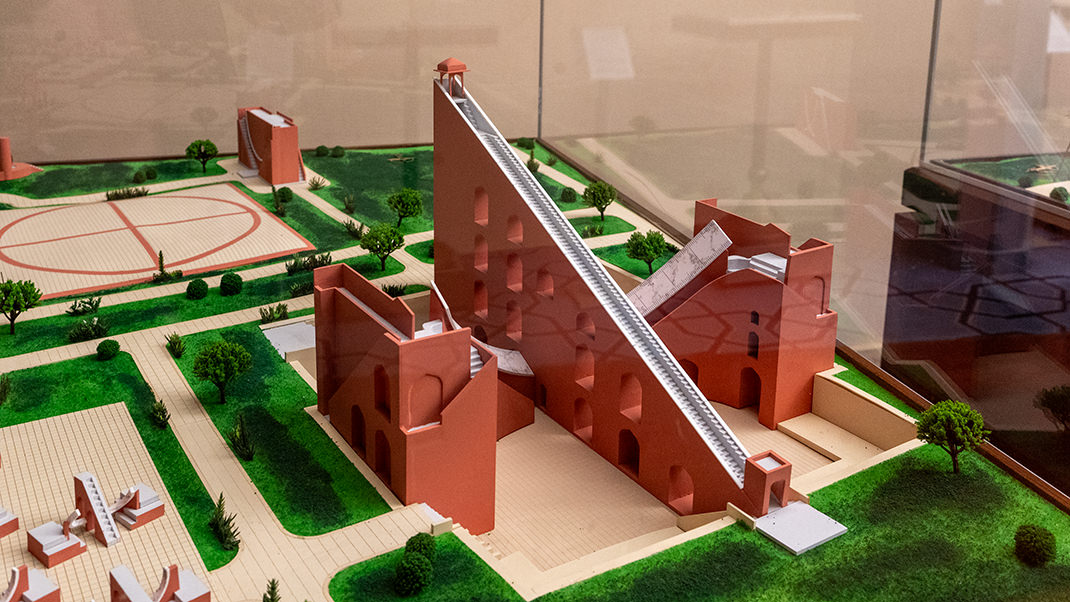
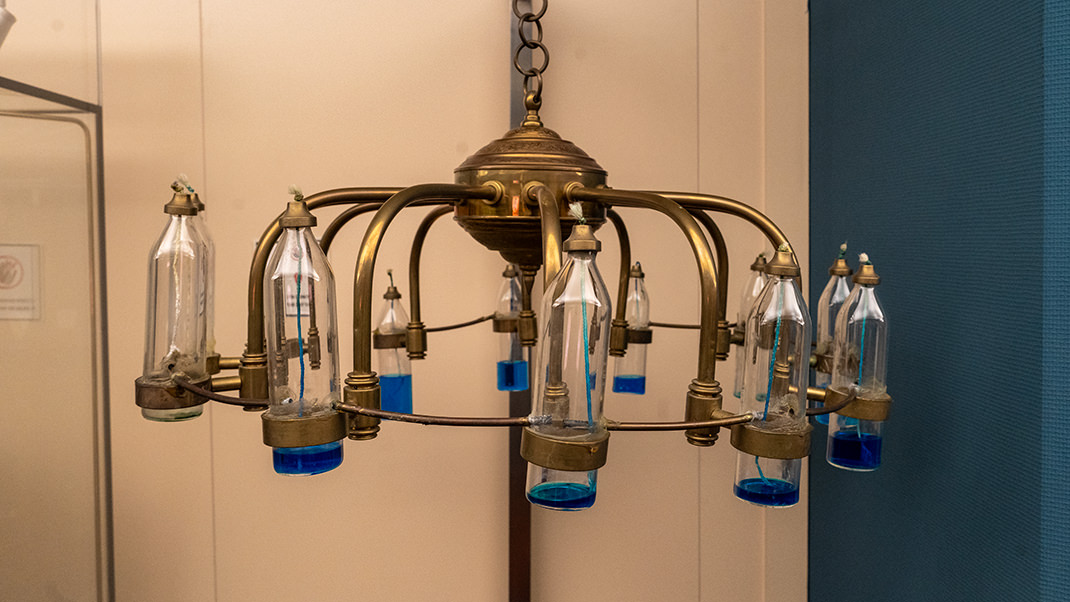
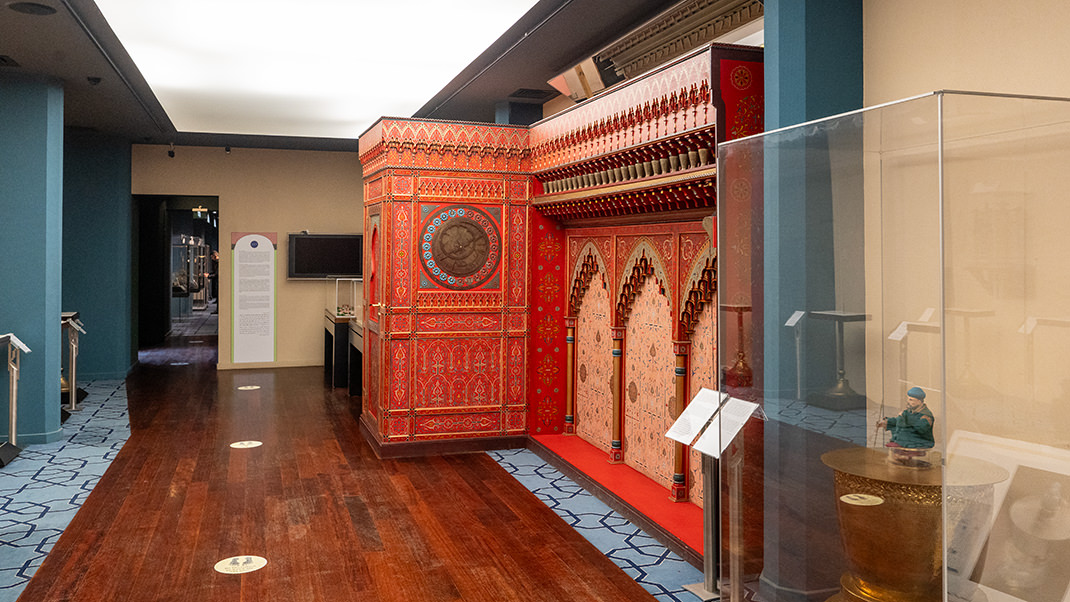
The collection features a wide variety of objects — from astrolabes and observatory models to massive clock mechanisms and unusual timepieces, such as a chandelier-shaped clock. Museum guides often mention a unique clock shaped like an elephant. I didn’t see it — maybe I missed it, or perhaps it was temporarily removed. As far as I know, this clock is usually displayed in the entrance hall, so be sure to look out for it if you visit.
How to Get There by Metro
The closest station is Sirkeci on the Marmaray line — it’s about a five-minute walk to the museum. Behind the museum building runs the T1 tram line, which is arguably the most popular public transport route among tourists in Istanbul.
The museum is open daily from 9 AM to 7 PM, with ticket sales ending at 6 PM. As of April 2025, the entrance fee is €10 per person.
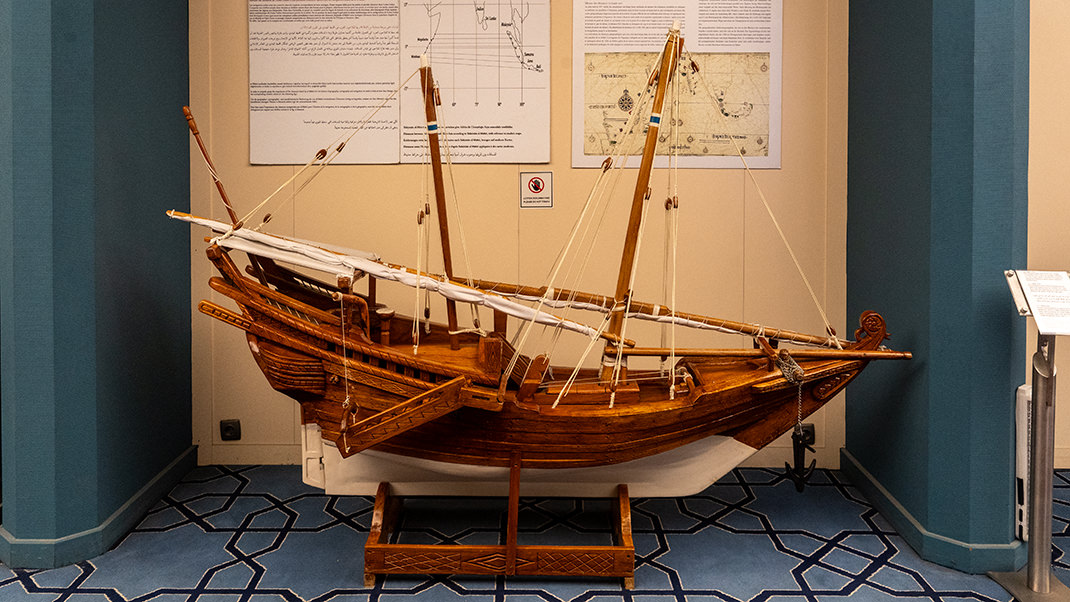
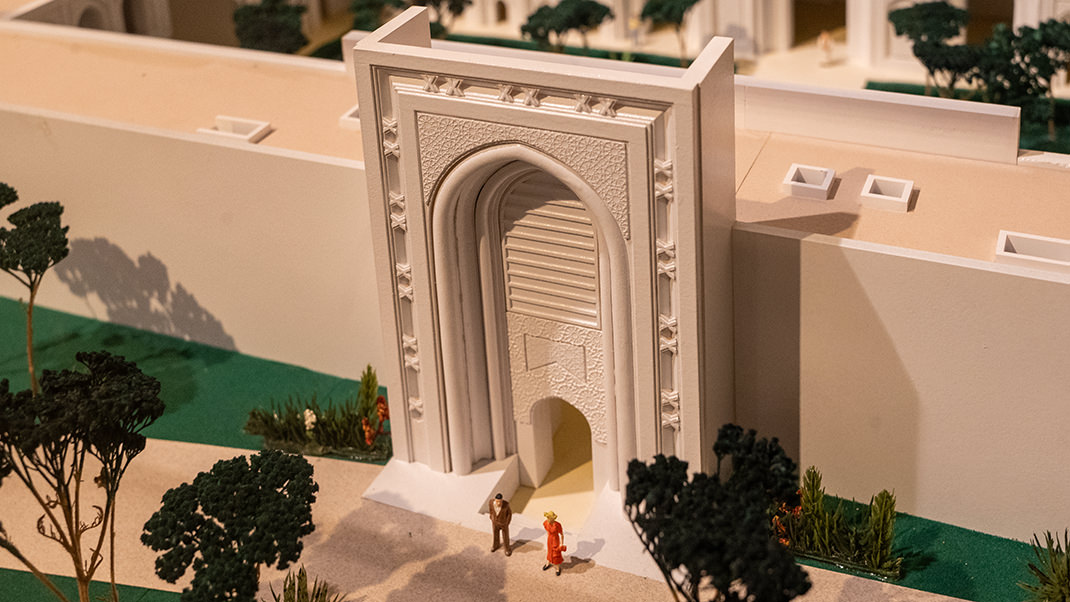
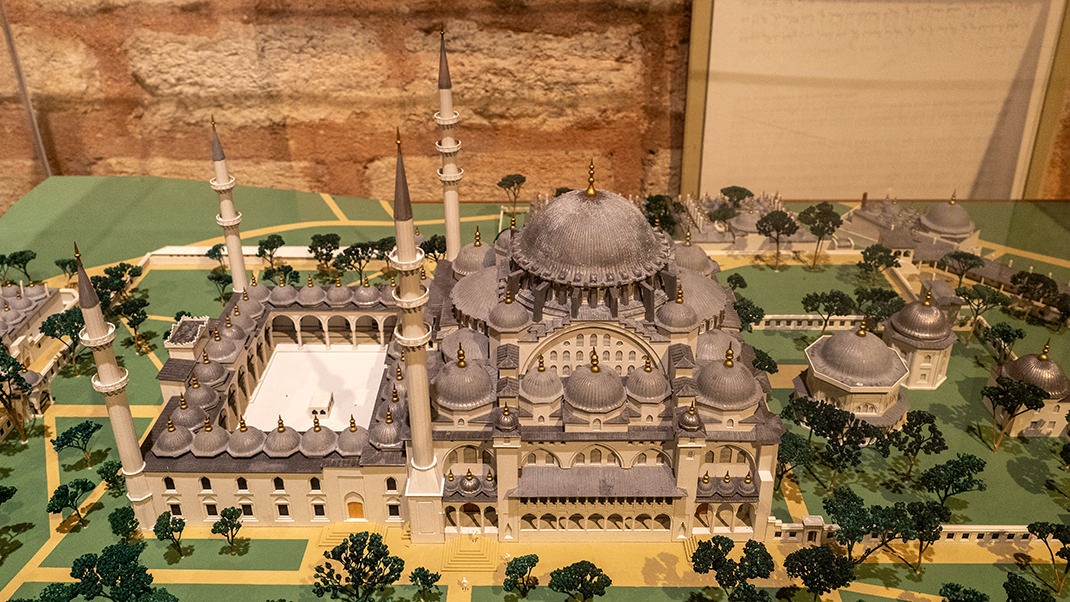
A visit to this museum pairs well with a trip to the Basilica Cistern or Sirkeci Station, which in the past welcomed the famous Orient Express.
Have a nice trip!


